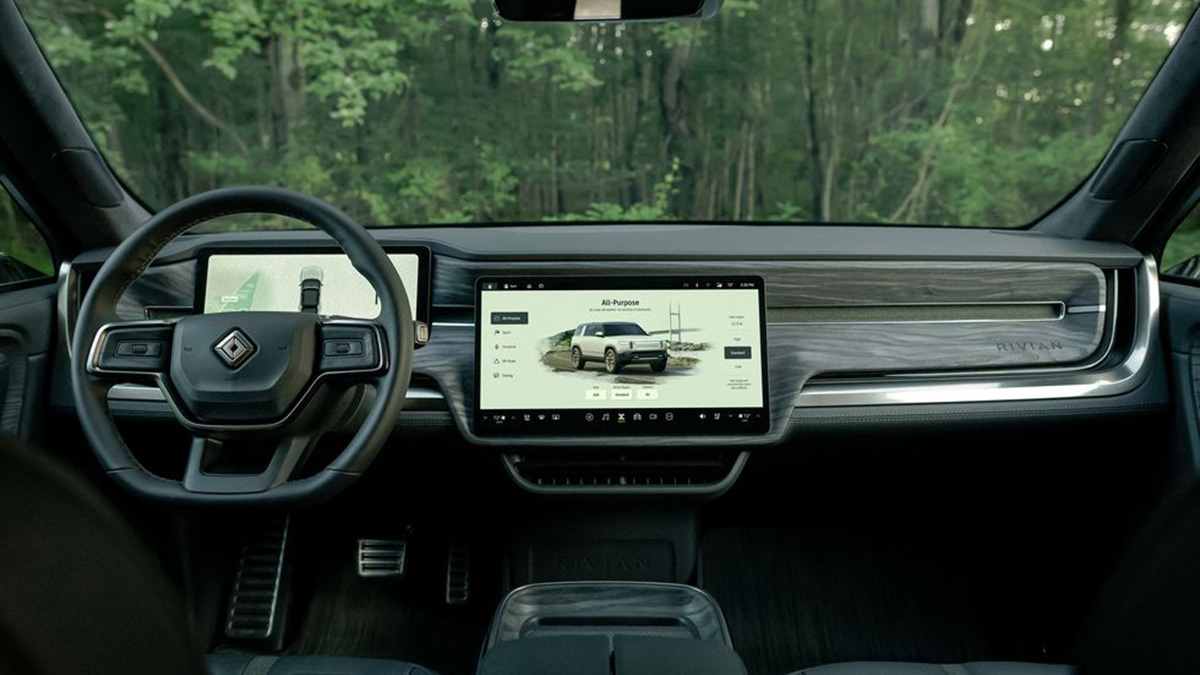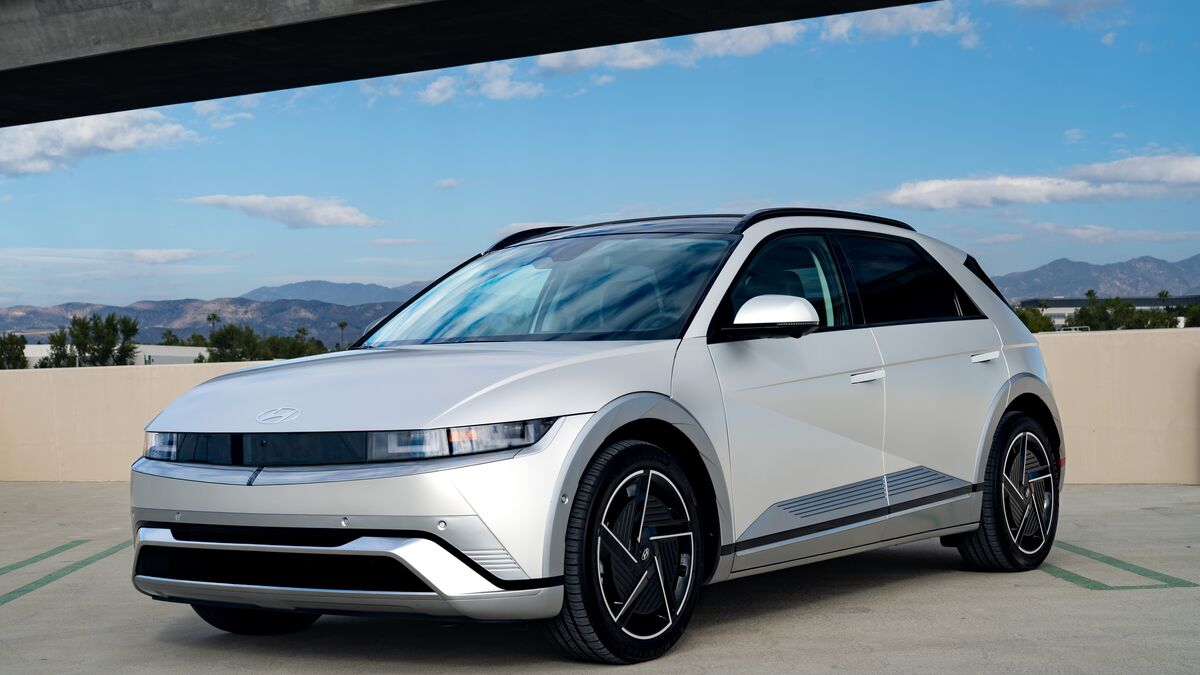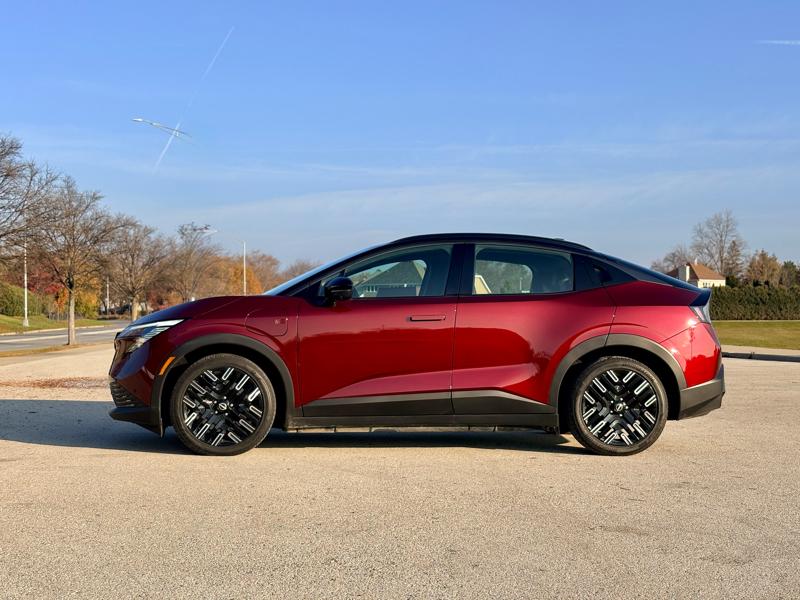
The state’s Environmental Quality Commission voted this week to enact new standards that will ban the sale of gasoline-only vehicles by that date.
California went first in August. Massachusetts and Washington followed a week later. New York made their move in September.
All five states together account for almost a quarter of the U.S. population.
Move Doesn’t Ban Owning Gas-Powered Cars
None of them will ban gas-powered cars from their streets. Their citizens will still be able to buy and sell used gas-powered vehicles or buy them out of state and title them at home.
But automakers won’t be allowed to sell new gas-powered cars within their borders after 2035.
Law Allows Plug-In Hybrids
Oregon’s law requires that 35% of a manufacturer’s car be battery-electric, hydrogen-powered, or plug-in hybrid (PHEV) by January 1, 2026. The percentage increases annually, reaching 100% in 2035.
Notably, the rule counts PHEV cars toward the 100% total, meaning that many vehicles sold in Oregon after 2035 could have gasoline engines as long as they also have plug-in electric systems.
PHEVs use electric power to travel a certain distance, then activate a gasoline engine. Most examples currently on the market manage around 30 miles of electric-only driving. This capability makes owning a PHEV a bit like owning an electric car for your daily driving needs, but it allows you to take longer trips without worrying about recharging.
So, Oregon will have gas stations for decades to come. Residents probably still won’t be allowed to pump their own gas — this is Oregon, after all.
Oregon’s rule requires PHEVs to have at least 50 miles of all-electric range by 2035 to qualify.
The rule also allows hydrogen fuel-cell electric vehicles (FCEV). Today, manufacturers sell those only in California, and the Department of Energy’s Alternative Fuels Data Center lists no hydrogen fueling stations in Oregon.
Rules Require 150-Plus Mile Range, Fast Charging
Oregon is the first of the states to insist that electric cars meet minimum range standards. Its rules require that “manufacturers must ensure the ZEV [zero emissions vehicle] has a 150-mile real-world range, have direct current (D.C.) fast charge capability, standardized charging inlets, a larger on-board charger to allow for faster charging times, and be equipped with a 20-foot convenience cord capable of both level 1 and level 2 electrical charging.”
A 150-mile range requirement would rule out today’s Mazda MX-30. But most electric vehicles already on the market already exceed it.







